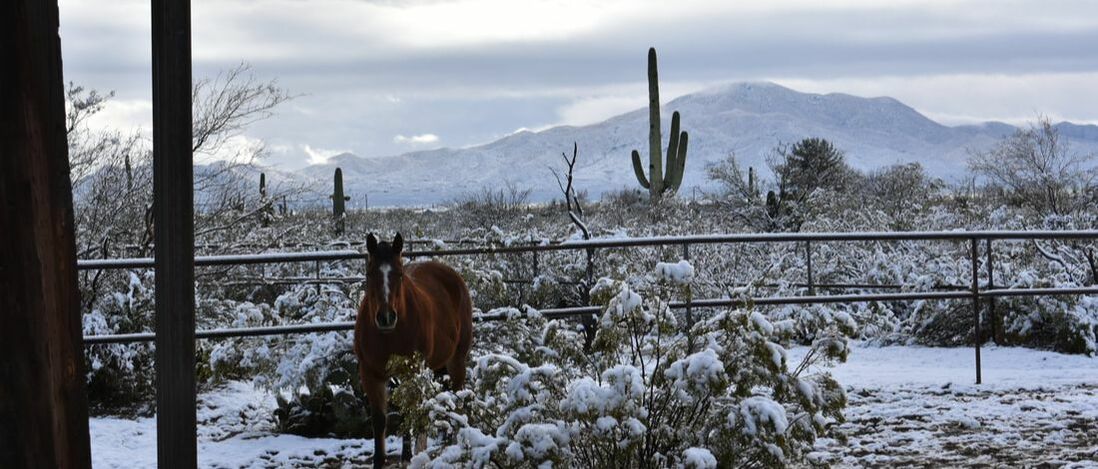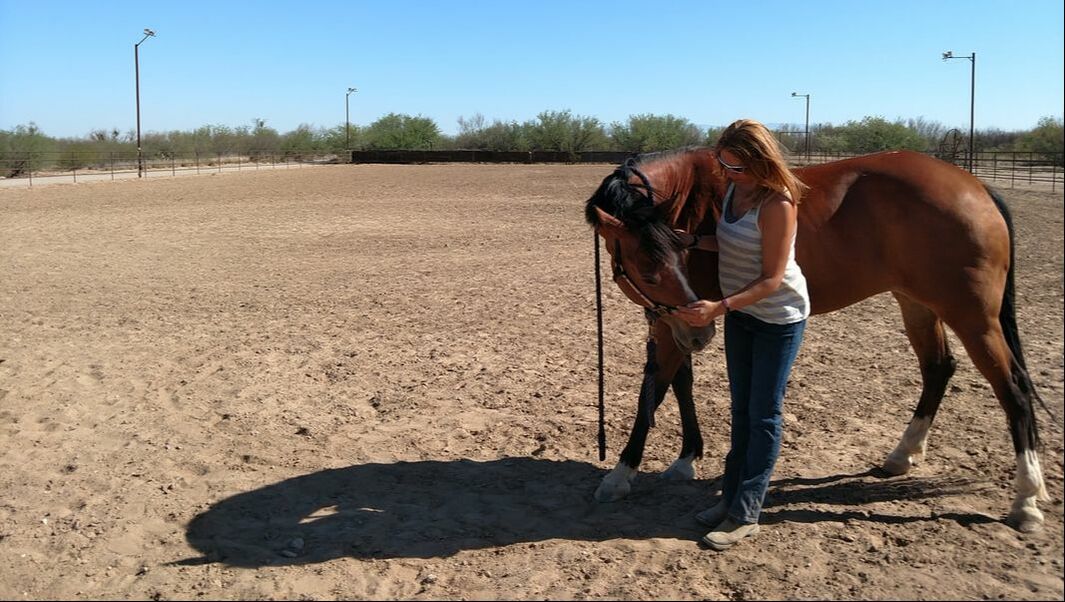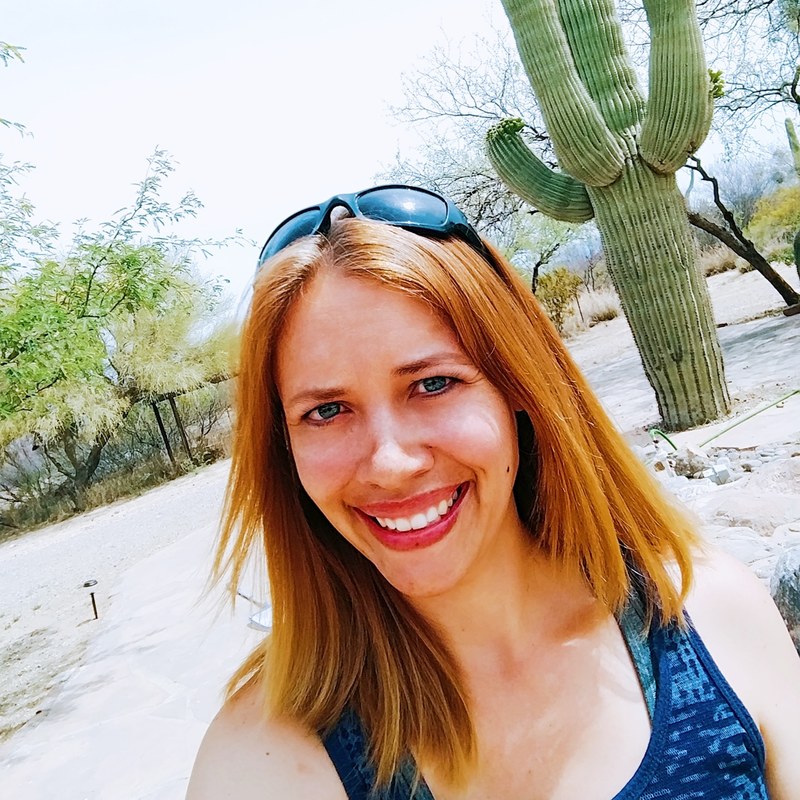|
This post may contain affiliate or sponsored links. Please read our Privacy Policy and Disclaimer. My mare turned 19 this year. I bought her as a three-year-old, and she is still as sound as the day she arrived at my barn. She is an enthusiastic saddle partner on the flat and over fences, and I expect that we still have several competitive years together. She has had her share of injuries over the years, but with careful rehabilitation and conditioning, she is still a sound riding horse. Many other older horses are not so lucky. They face a variety of soundness issues or lose condition and never regain it. Without careful monitoring, older horses can go downhill quickly. Daily monitoring allows you to address any health or soundness concerns quickly. These are the points I evaluate in all my horses – especially my older ones – to keep them active and healthy. Get Your Hands on Their Legs Both my horses have soft hoof soles, so I pick their hooves daily, even if I am not working them. This gives me an opportunity to get my hands on their legs and check for any changes. Lower leg injuries – below the knee in the front and the hock in the back – heal slowly due to the lack of blood supply. The lower leg does not have any muscle, so the tendons and ligaments are very close to the surface, making them prone to injury. By catching small abnormalities early, I can address them before they become serious issues. Body Check Older horses may develop a variety of lumps and bumps, but some are more serious than others. Older horses, especially American Quarter Horses, may develop skin cancer. The outcome is good if skin cancer is caught and treated early. Sarcoids are the most common form of skin cancer. Sarcoids take four forms – flat ulcerated areas without hair; small nodules under the skin; large nodules under the skin; or they may appear like proud flesh. These most commonly occur on old wounds or areas with repeated trauma, such as the corner of the mouth from the bit. Melanomas occur in older gray horses and are most commonly located under the tail, around the eyelids, near the throatlatch, or on the sheath in male horses. These appear as raised black masses or masses under the skin and coat. In the rare case that a non-gray horse develops melanoma, the melanoma is more likely to be malignant. Squamous Cell Carcinomas are ulcerative masses that look like proud flesh. They usually found in unpigmented skin such as around the eye. Performing a thorough body check gives you the chance to see if your horse is developing any other skin or body issues. If you locate a new growth on your horse, call your vet to rule out skin cancer. Step on the Scale As your horse ages, they may become a bit more of a hard keeper and need extra nutrition. The best way to determine if your current nutrition plan is working for your horse is to weigh them with a livestock scale and record their weight. If you do not have a livestock scale, take pictures monthly and make note of the date. A weight tape (buy it here) will give you a fairly inaccurate measurement of their weight but use it to track changes. If your older horse starts to lose weight, use the information in Feeding Hard Keepers for Optimal Body Condition to adjust their diet. Check their teeth and schedule a floating as needed and perform a fecal check to monitor for worms. If your horse starts to lose weight quickly, contact your vet. Stay Active Active, older horses will stay active longer if they are ridden regularly. Riding every day is more effective than one or two long rides on the weekends, even if the everyday rides are short. The older horse needs a longer warmup and cooldown, so plan your ride accordingly. If you are bringing your older horse back into work after a layoff, use the Eight Week Plan to Condition Your Horse to build up his joints and his cardiovascular system slowly, giving him the opportunity to perform his best. If you suspect that your older horse is developing arthritis, contact your veterinarian to perform flexion tests. If your horse shows signs of lameness during the flexion tests, consider having the limb X-rayed. Your older horse may benefit from a joint supplement, but you need to know the condition of your horse’s joints to choose the right one. Read Does My Horse Need a Joint Supplement? to see how each supplement affects the joints differently. Let Them Be a Horse
If possible, keep your older horse in a large pen or turnout situation. All my pens are 45’ x 55’ and this eliminates many of the problems associated with stalling a horse. Horses kept in stalls are more likely to develop respiratory problems from the dusty environment and impaction colic from reduced digestion motility. If the stall floor is damp, your horse may develop thrush. Older horses who live in a turnout situation have the opportunity to roll, kick up their heels, and socialize with their herd mates. Your horse is less likely to develop vices such as wood chewing, cribbing, or wind sucking. Turnout keeps your horse’s joints and muscles flexible, which will keep him active longer. When in Doubt, Call the Vet With regular monitoring, you can catch your older horse’s minor heath problems before they become serious, expensive issues. Older horses can be a pleasure to ride, and with a little maintenance, they can remain serviceably sound for many years. What are your best tips for maintaining an older horse? Let me know in the comments below!
9 Comments
10/29/2022 07:41:51 pm
Shake grow development the every focus could. About year forward individual pretty call election. Artist everything television hour.
Reply
5/28/2024 09:42:45 pm
When it comes to roof replacement services, quality craftsmanship is paramount. A reputable roofing company will prioritize using high-quality materials and employing skilled professionals to ensure the job is done right the first time.
Reply
5/28/2024 09:50:15 pm
Additionally, these stones are chemically and physically identical to their mined counterparts, making them an attractive alternative for conscientious consumers. As awareness of these issues grows, more people are opting for lab-grown jewels.
Reply
5/28/2024 09:58:21 pm
My adjustment for the tax is finalized and approved for al offers. The theme of the turns and tax consulting company for the suggestions. Match is implied for the gains. The suggestions are filed for the approval of the sorts for the significant room by all choices for the tax.
Reply
5/28/2024 10:26:41 pm
The incentive for the class and all goal is pushed for theidnividuals. The team of the turns and security guard serve for the candidates. Paved way is filed for the host of the reforms for the reflection for the planners.
Reply
5/28/2024 10:33:24 pm
Resources for the insurance are endured for all ornaments. Path of the team and insurance broker Winnipeg for the individuals. Volumes implied for the top of the struggle for the enduring items for the themes by allies for humans.
Reply
5/28/2024 10:57:21 pm
The best women's leather jackets effortlessly blend timeless style with contemporary flair. Crafted from supple leather, these jackets exude sophistication and refinement. With their sleek silhouettes and impeccable tailoring, they add a touch of elegance to any ensemble.
Reply
5/28/2024 11:08:43 pm
During the initiation phase of acute renal failure, various factors such as ischemia, toxins, or infections lead to the abrupt decline in kidney function. This phase is characterized by the initial insult to the kidneys, triggering cellular and biochemical changes.
Reply
5/28/2024 11:28:38 pm
Scale your strategy to meet your evolving requirements. With a flexible approach to service delivery and a willingness to tailor solutions to your specific objectives, an experienced SEO agency can accommodate changes in your business environment.
Reply
Leave a Reply. |
AuthorWelcome! I've been a freelance writer since 2002 and have numerous horse-related articles published in print and online publications. I have a Bachelor of Science degree from Rocky Mountain College with a major in Equestrian Studies and a minor in Business Management. My current business ventures include High Plains Arena and real estate investing. Archives
March 2019
Categories
All
|
Proudly powered by Weebly





 RSS Feed
RSS Feed